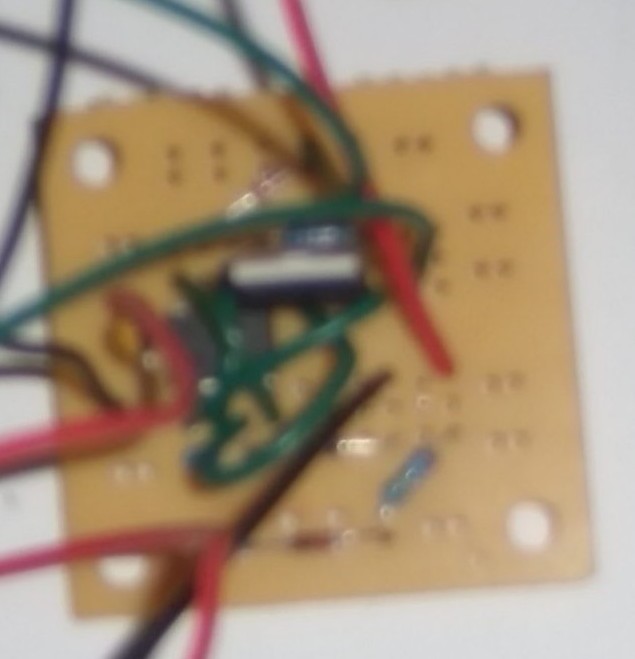My son is in Cub Scouts, and they had to build an electronic circuit for their Webelos engineering pin. I helped out with this a bit, and we built very simple pwm drivers from 555 timer IC's and used 4 D cell batteries in series through the circuit to power 3 Cree LED's in parallel. Such a circuit could be used to drive the LED circuits you light has from a six or 12V source with reasonable efficiency, with the added bonus of being able to adjust the light output. Here is a link to a circuit similar to the one that I modified for use in our little 'tent lights'.
http://josepino.com/circuits/?pwm
I had a few differences in mine, which was referenced from a different source and tweaked by experimentation, namely that I used a 500K pot (because they were available), and had resistance in series with one of its legs to reduce the duty cycle as I did not want the individual LED's to be of too high of intensity (as expected, the first thing they did was try to shine them in each others eyes). Also, I had a capacitor across the power input leads as the circuit developed a lower frequency flicker without it. I also had a third 4148 connected across the output in case of any minor inductance, as would typically be done with a motor controller.

This is a very blurry photo of the circuit. There are only a few components, and it is just on a proto-type board. One could likely make it much more neatly than I. There are six leads from the board, power+, power-, three leads for the pot, and the negative lead to the led's.

Happy Scouts with their lights. I did not measure its efficiency, but I expect it is fairly efficient with a low power 555, and relatively high resistances on the r/c portion of the circuit. Adusting the resistance to lower the duty cycle further would likely be needed but should be doable to run your LED's from a 12V source, as I did run one of these test circuits at 12V as is with it turned down, but had I have turned up the pot I am pretty sure I would have blown the LED's. I also have three led's hooked in series to a slightly different 555 pwm circuit running at 12V now, which I used for plant starting in the spring.
A slightly more complicated version had another capacitor so that the operating frequency and the duty cycle could both be fine tuned, but that was getting a bit complex for 10 year olds (and me as well), although it did operate better. Anyhow, I was just thinking that something like this might work well, and efficiently for your lights, although based upon what you appear to have paid, it would be a significant portion of the cost. Rich